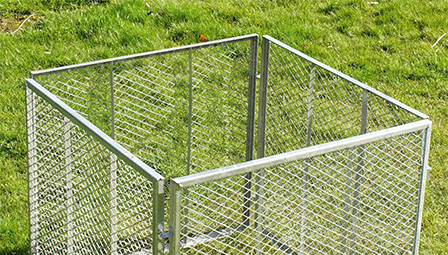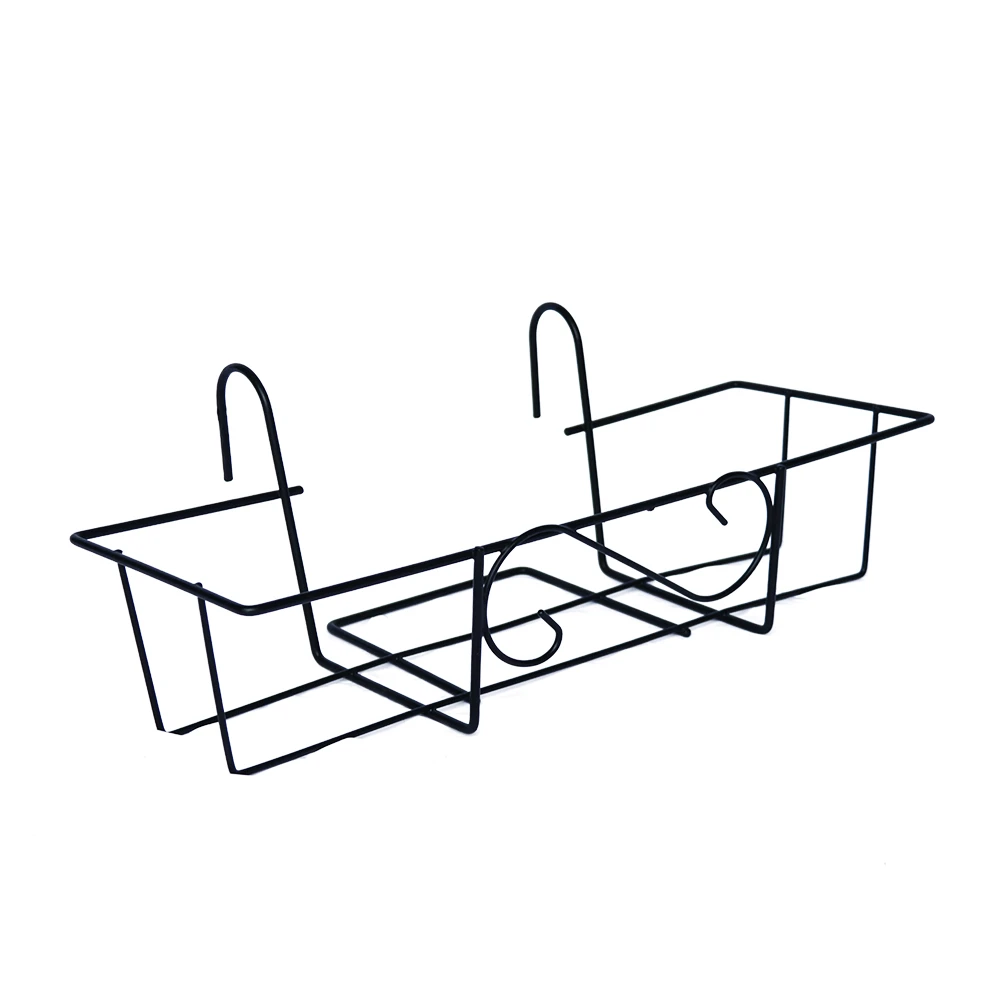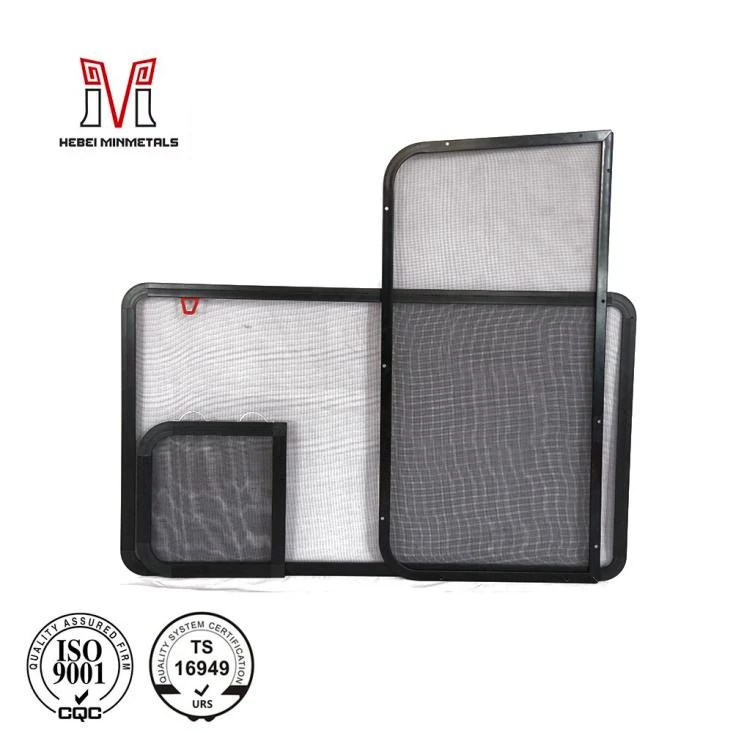316 stainless steel wire mesh
أكتوبر . 10, 2024 15:06
The Versatility and Applications of 316 Stainless Steel Wire Mesh
In the realm of materials engineering and construction, 316 stainless steel wire mesh stands out due to its impressive combination of strength, durability, and resistance to corrosion. An alloy that contains a minimum of 16% chromium, 10% nickel, and 2% molybdenum, 316 stainless steel is particularly well-suited for environments that expose materials to harsh conditions, including high temperatures and aggressive chemicals.
Characteristics of 316 Stainless Steel Wire Mesh
One of the most significant features of 316 stainless steel wire mesh is its high resistance to corrosion, especially in chloride environments. This makes it an ideal choice for marine applications, chemical processing, and any situation where the material may come into contact with saltwater or corrosive substances. Moreover, the incorporation of molybdenum enhances its overall toughness and strength, providing additional protection against pitting and crevice corrosion.
In addition to its corrosion resistance, 316 stainless steel wire mesh is known for its mechanical strength. It can withstand substantial pressure and heavy loads, making it suitable for a variety of industrial applications. The wire mesh is available in various opening sizes and wire diameters, allowing for customization based on specific project requirements.
Applications of 316 Stainless Steel Wire Mesh
1. Filtration One of the most common uses of 316 stainless steel wire mesh is in filtration applications. Industries such as food and beverage, pharmaceuticals, and petrochemicals often need to separate solids from liquids or to filter particulates from gases. The fine openings in the mesh allow for precise filtration, ensuring that only the desired materials pass through.
316 stainless steel wire mesh

2. Architectural and Decorative Uses The aesthetic appeal of 316 stainless steel wire mesh has led to its adoption in architectural applications. Designers use it for railings, facades, and screens, where both functionality and visual appeal are desired. The mesh can also be used in creating art installations or as a design element in galleries.
3. Security Fencing Due to its durability and resistance to weathering, 316 stainless steel wire mesh is frequently used for security fencing. It provides a robust barrier that can withstand physical impact and is resistant to rust, making it an ideal choice for outdoor applications.
4. Aerospace and Marine In the aerospace and marine industries, equipment often encounters extreme conditions. The high-strength and corrosion-resistant properties of 316 stainless steel wire mesh make it an excellent choice for applications where high performance and reliability are critical.
5. Pharmaceutical and Food Processing The medical and food sectors require materials that meet strict hygiene standards. 316 stainless steel wire mesh is non-reactive and can be easily cleaned and sanitized, making it perfect for use in processing environments where contamination must be avoided.
Conclusion
316 stainless steel wire mesh exemplifies a perfect blend of engineering materials and design potential. Its robust resistance to corrosion and exceptional strength make it an indispensable resource across various industries, from construction to filtration, and from design to security. As technology and industries continue to evolve, the demand for versatile materials like 316 stainless steel wire mesh is likely to increase, solidifying its role as a cornerstone in modern engineering and design applications.
Investing in high-quality 316 stainless steel wire mesh not only ensures longevity and efficiency but also aligns with the growing emphasis on sustainability and resilience in material selection. Whether for industrial or decorative purposes, 316 stainless steel wire mesh is poised to meet the challenges of the future.









 Unity
Unity Creation
Creation Challenge
Challenge Contribution
Contribution










